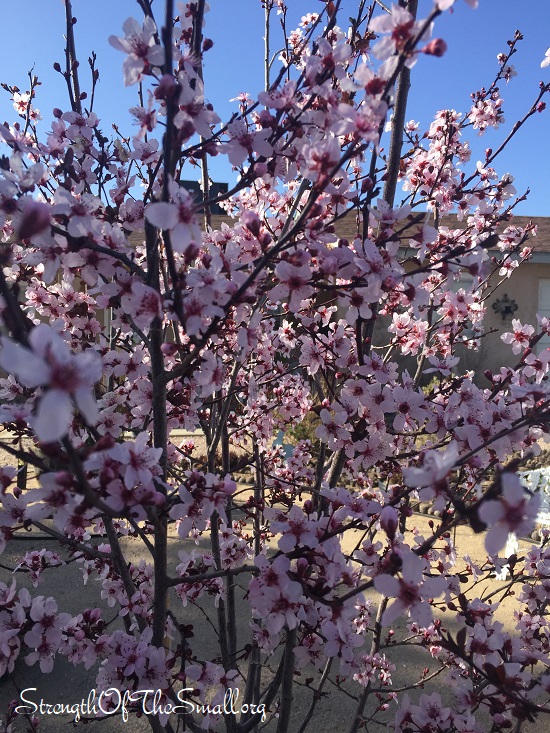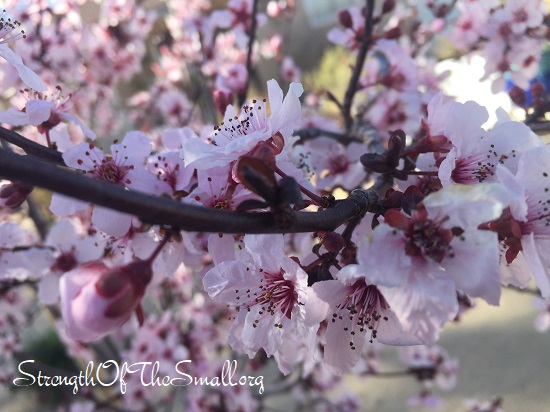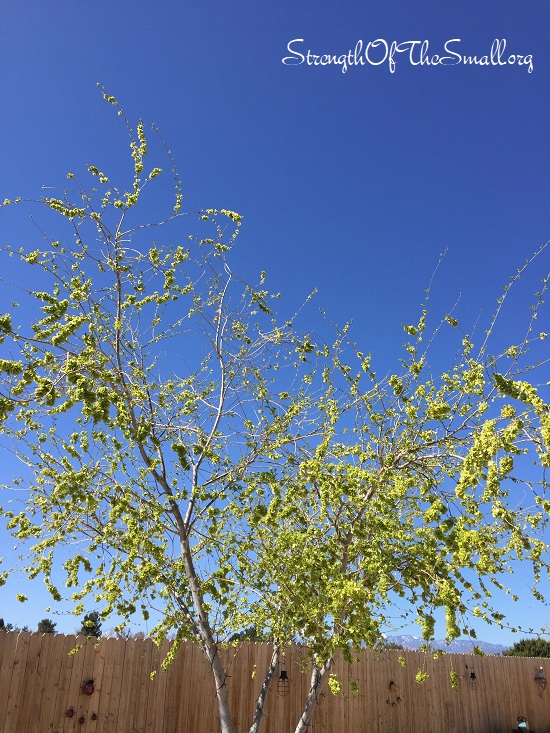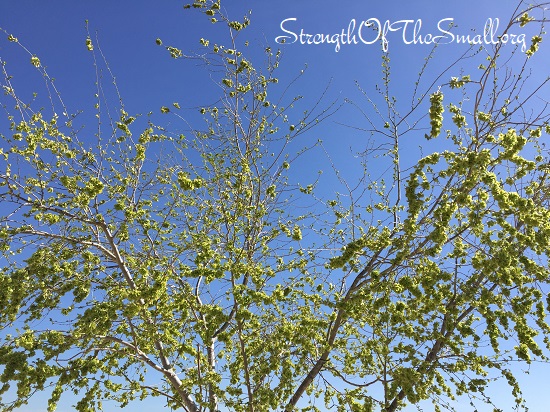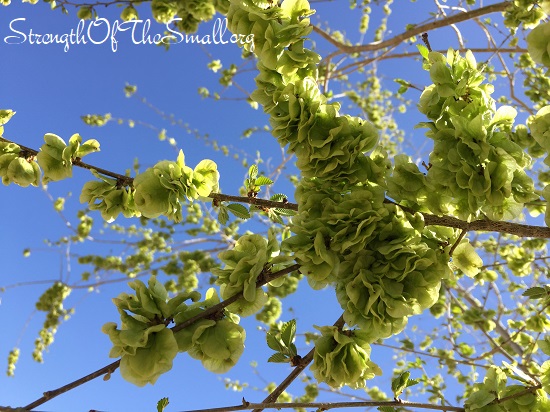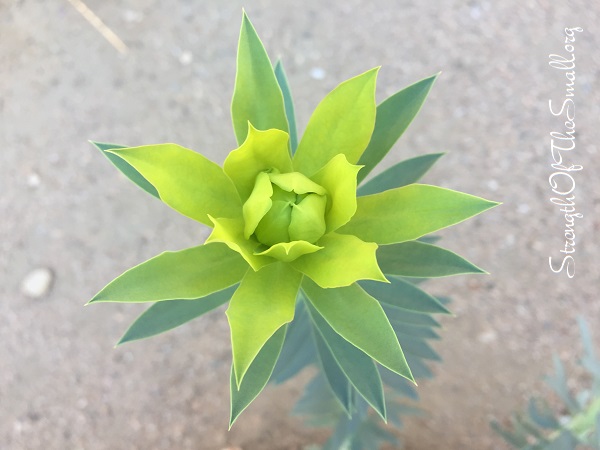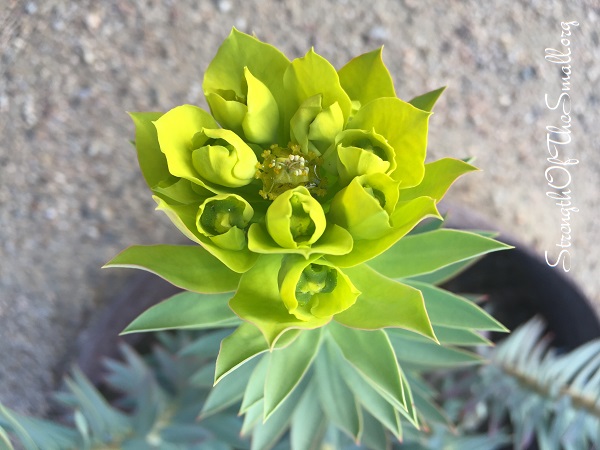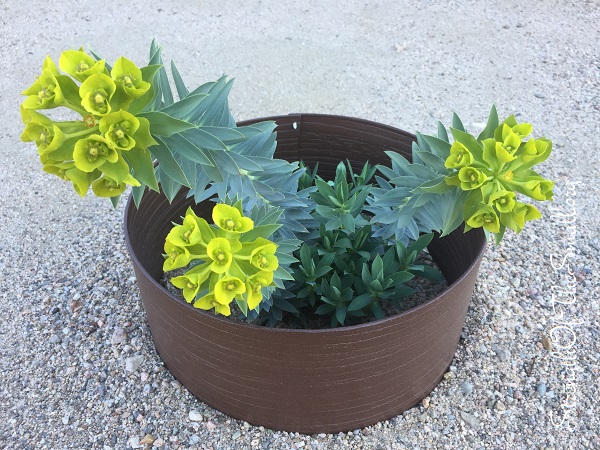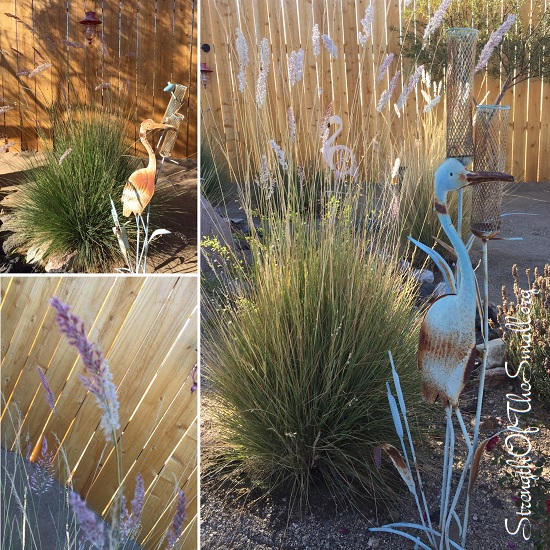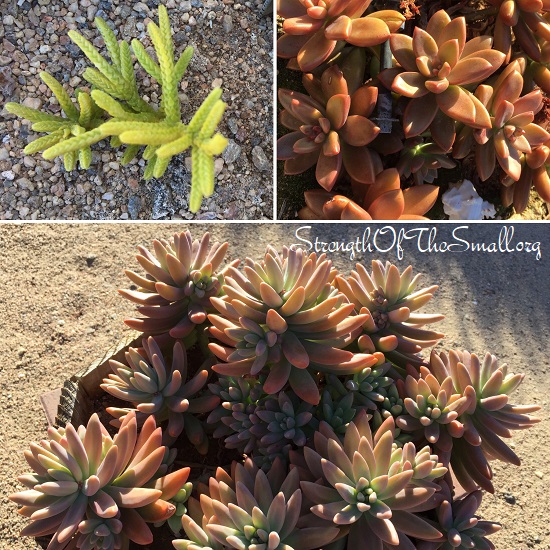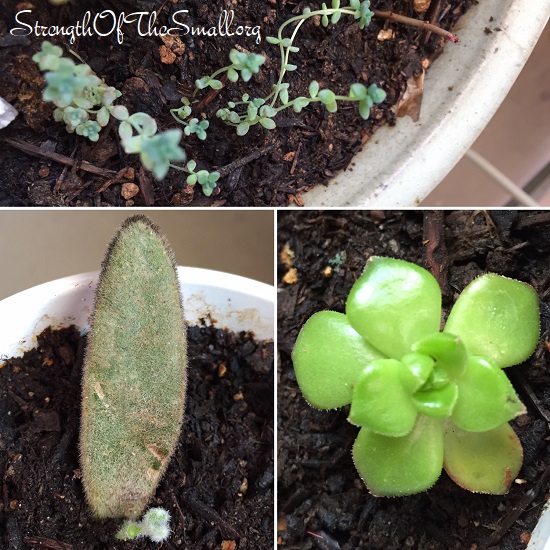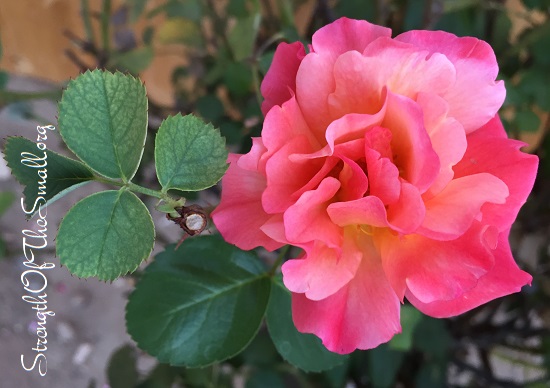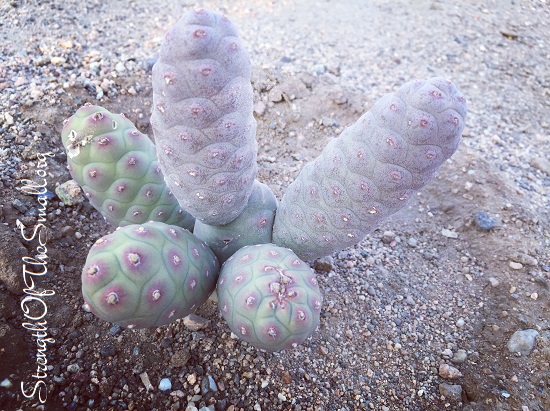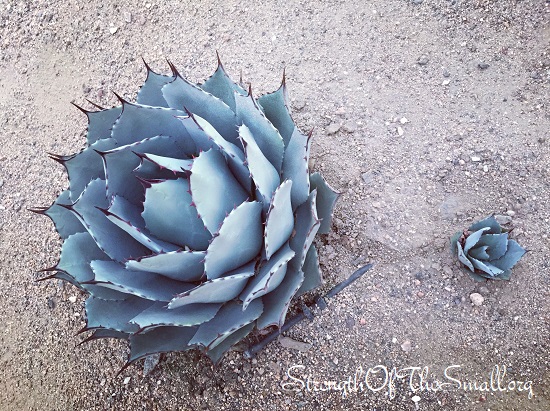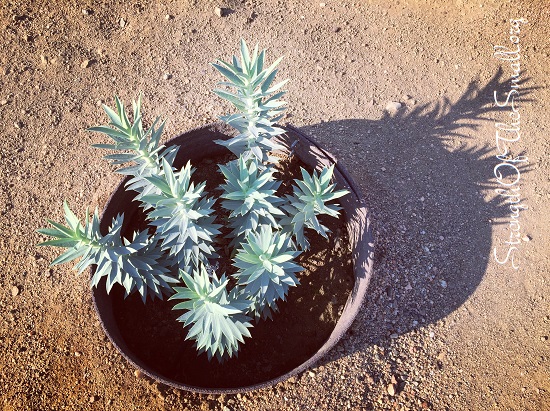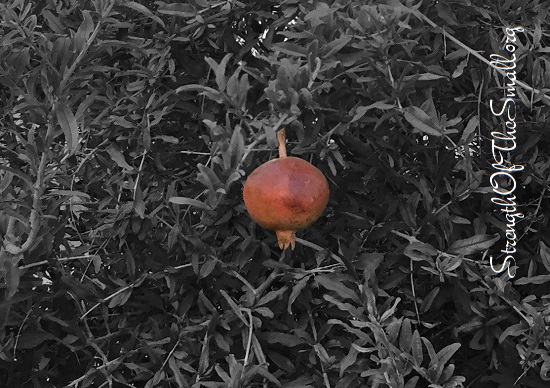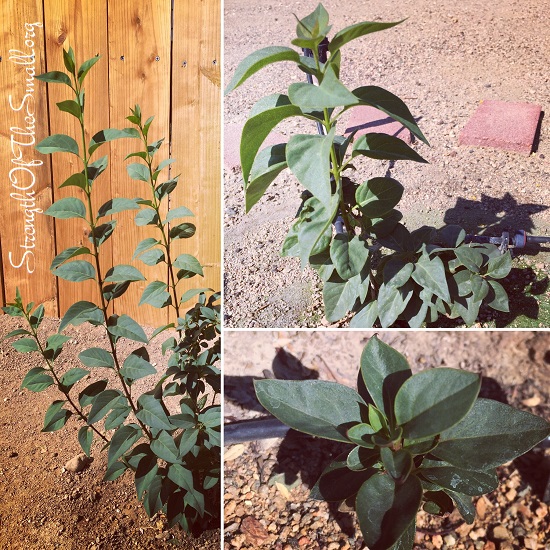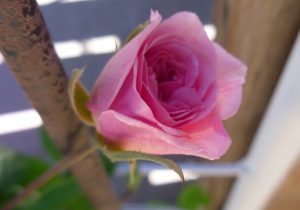My gardens are fully awake and things are looking mighty festive, especially in the front yard, thanks to my perennials and annuals. The plants are looking green, hydrated, and happy. Last month I lost a patch of Siloam David Kirchhoff Daylilies to a very tenacious gopher. There is a second patch of Daylilies on the opposite side of the same garden bed, with tender shoots emerging. I will dig them up and relocate them this weekend.
Three years after planting my Julia Rose Itoh Peony in the ground, it bloomed for the first time. The plant produced just one flower, and gorgeous it was.
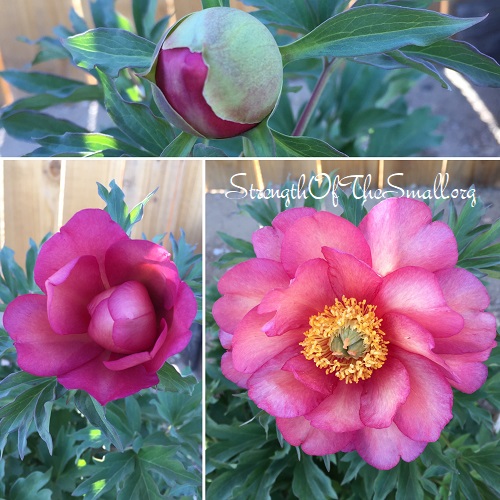
Our wonderful American Wisteria “Amethyst Falls” has put out more flowers this year. I am still enjoying its beautiful foliage and droops of blue/violet flowers.
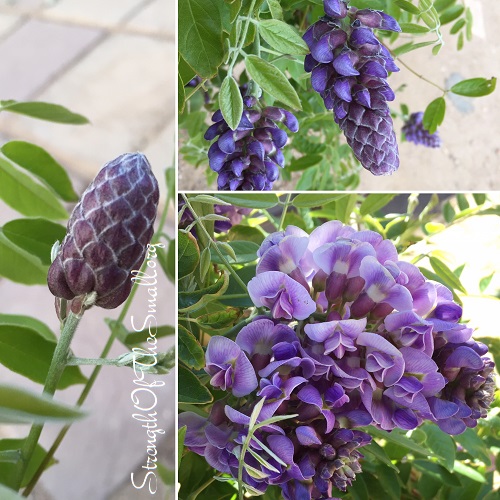
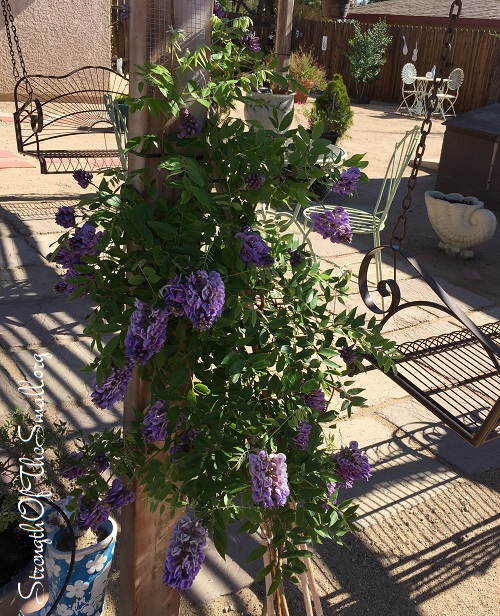
Hybrid Tea Rose “Peace” is one that never disappoints; blooming from Spring to Fall in flushes.
There’s an interesting history behind the Peace rose. According to AmericaInWWII.com, this rose was named Peace to commemorate the end of World War II and wining the All-America Rose Selections (AARS) honors in 1946.
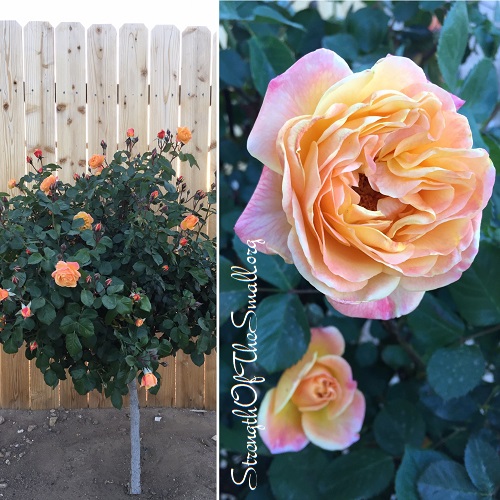
The French Lace floribunda rose below is one of my oldest miniature rose which I planted ten years ago. The flowers begin as delicate ivory buds with a slight apricot tint that open into white blossoms. Early last week, I saw a red bud which opened into the gorgeous flower below. As you can see, this week there is a flower with red spots on the edges of its petals.
According to GardeningKnowHow.com, there are different reasons why roses change color such as graft reversion, plant sport, temperature, and disease. Also, cross pollination resulting from different kinds of roses planted close together.
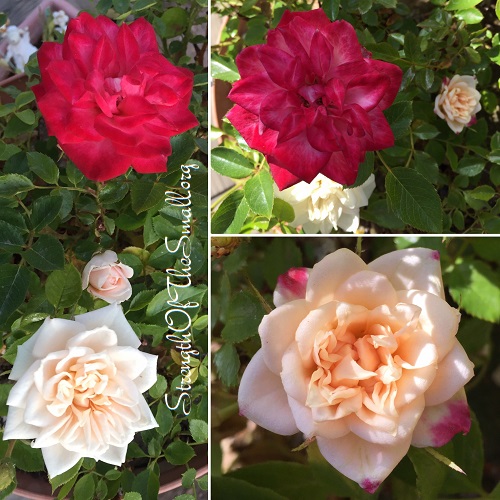
This years, I barely got to admire the lady banks. The small and delicate petals were quickly blown away as soon as they formed by strong winds which went on for days.
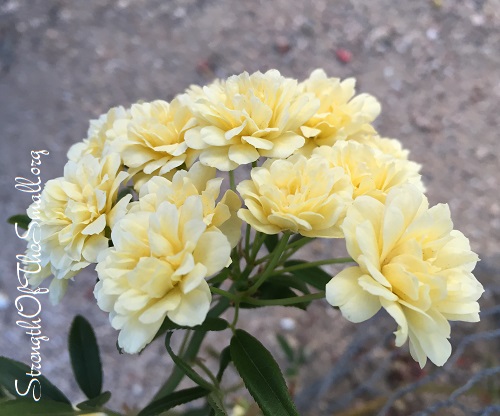
Wishing you a great weekend and Happy Gardening!
